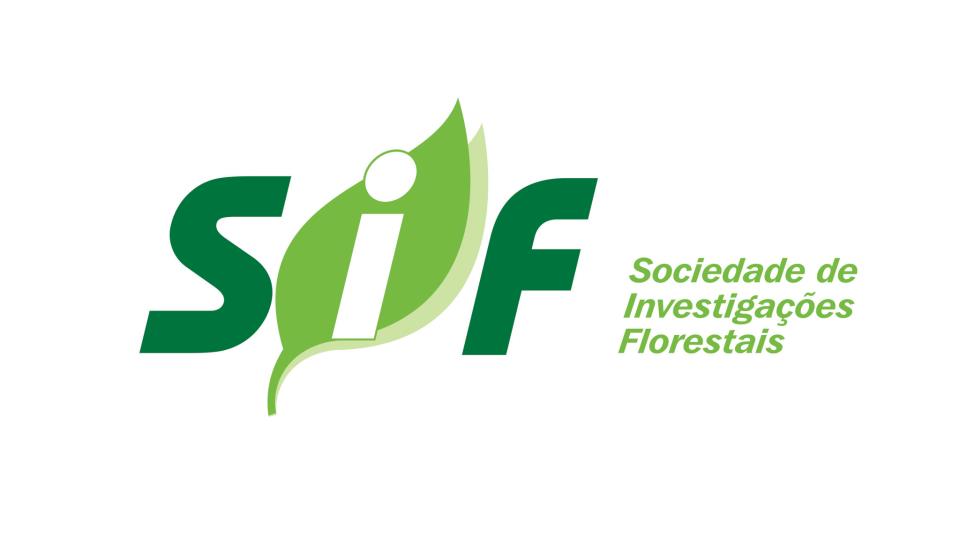Biblioteca Florestal
Digital
Digital
Evapotranspiration from remote sensing to improve the Swat model in eastern Amazonia

JavaScript is disabled for your browser. Some features of this site may not work without it.
| dc.contributor.author | Sousa, Adriano Marlison Leão de | |
| dc.contributor.author | Vitorino, Maria Isabel | |
| dc.contributor.author | Castro, Nilza Maria dos Reis | |
| dc.contributor.author | Botelho, Marcel do Nascimento | |
| dc.contributor.author | Souza, Paulo Jorge Oliveira Ponte de | |
| dc.date.accessioned | 2016-06-22T18:20:11Z | |
| dc.date.available | 2016-06-22T18:20:11Z | |
| dc.date.issued | 2015 | |
| dc.identifier.citation | SOUSA, A. M. L. et al. Evapotranspiration from remote sensing to improve the Swat model in eastern Amazonia. Floresta e Ambiente, Rio de Janeiro, v. 22, n. 4, p. 456-464. 2015. | pt_BR |
| dc.identifier.issn | 2179-8087 | |
| dc.identifier.uri | http://www.bibliotecaflorestal.ufv.br:80/handle/123456789/17842 | |
| dc.description.abstract | In this study, we estimated the evapotranspiration from orbital images - MODIS (Moderate Resolution Imaging Spectroradiometer) for assimilation in the hydrological modeling of the SWAT (Soil Water Assessment Tools) model. The data used include the period between October 2003 and December 2006 of the sub-basin of the Lajeado River, located in the Tocantins-Araguaia River basin in Tocantins state. Overall, the results of the use of heat flows estimated by remote sensors in the SWAT model can be considered satisfactory. The values of the COE (coefficient of efficiency of Nash-Sutcliffe) ranged from -0.40 to 0.91 in the comparison with the daily flow data and from 0.17 to 0.77 with the monthly flow data, with the assimilation of evapotranspiration from orbital images. These results indicate benefit to the model adjustment due to improvement in the data assimilated of approximately 0.91 in the COE on daily scale and 0.60 in the CEO on monthly scale. | pt_BR |
| dc.description.abstract | Neste estudo estimou-se a evapotranspiração a partir de imagens orbitais MODIS (Moderate Resolution Imaging Spectroradiometer) para assimilação na modelagem hidrológica do modelo SWAT (Soil Water Assessment Tools). Os dados utilizados compreendem o período de outubro de 2003 a dezembro de 2006 da sub-bacia do rio Lajeado, localizada na bacia do rio Tocantins‐Araguaia, no estado do Tocantins. No geral, os resultados da utilização dos fluxos de calor estimados por sensores remotos no modelo SWAT podem ser julgados satisfatórios. Os valores de COE (Coefficient of Efficiency of Nash-Sutcliffe) variaram de -0,40 para 0,91 na comparação dos dados diários de vazão e de 0,17 para 0,77 com os dados mensais de vazão, com a assimilação da evapotranspiração a partir de imagens orbitais. Isso indica benefício no ajuste do modelo, devido a uma melhoria nos dados assimilados de aproximadamente 0,91 no COE na escala diária e de 0,60 na escala mensal. | pt_BR |
| dc.format | 9 páginas | pt_BR |
| dc.language.iso | en | pt_BR |
| dc.publisher | Instituto de Florestas, Universidade Federal Rural do Rio de Janeiro | pt_BR |
| dc.relation.ispartofseries | Floresta e Ambiente:v.22,n.4; | |
| dc.subject.classification | Ciências Florestais::Manejo florestal::Geoprocessamento e sensoriamento remoto | pt_BR |
| dc.subject.classification | Ciências Florestais::Meio ambiente::Hidrologia florestal | pt_BR |
| dc.title | Evapotranspiration from remote sensing to improve the Swat model in eastern Amazonia | pt_BR |
| dc.title | Evapotranspiração a partir de sensoriamento remoto para assimilação no modelo Swat no leste da Amazônia | pt_BR |
| dc.type | Artigo | pt_BR |
Arquivos deste item
| Arquivos | Tamanho | Formato | Visualização | |
|---|---|---|---|---|
| Revista_Florest ... e_v22_n4_p456-464_2015.pdf | 1.618Mb |

|
Visualizar/ |
|





